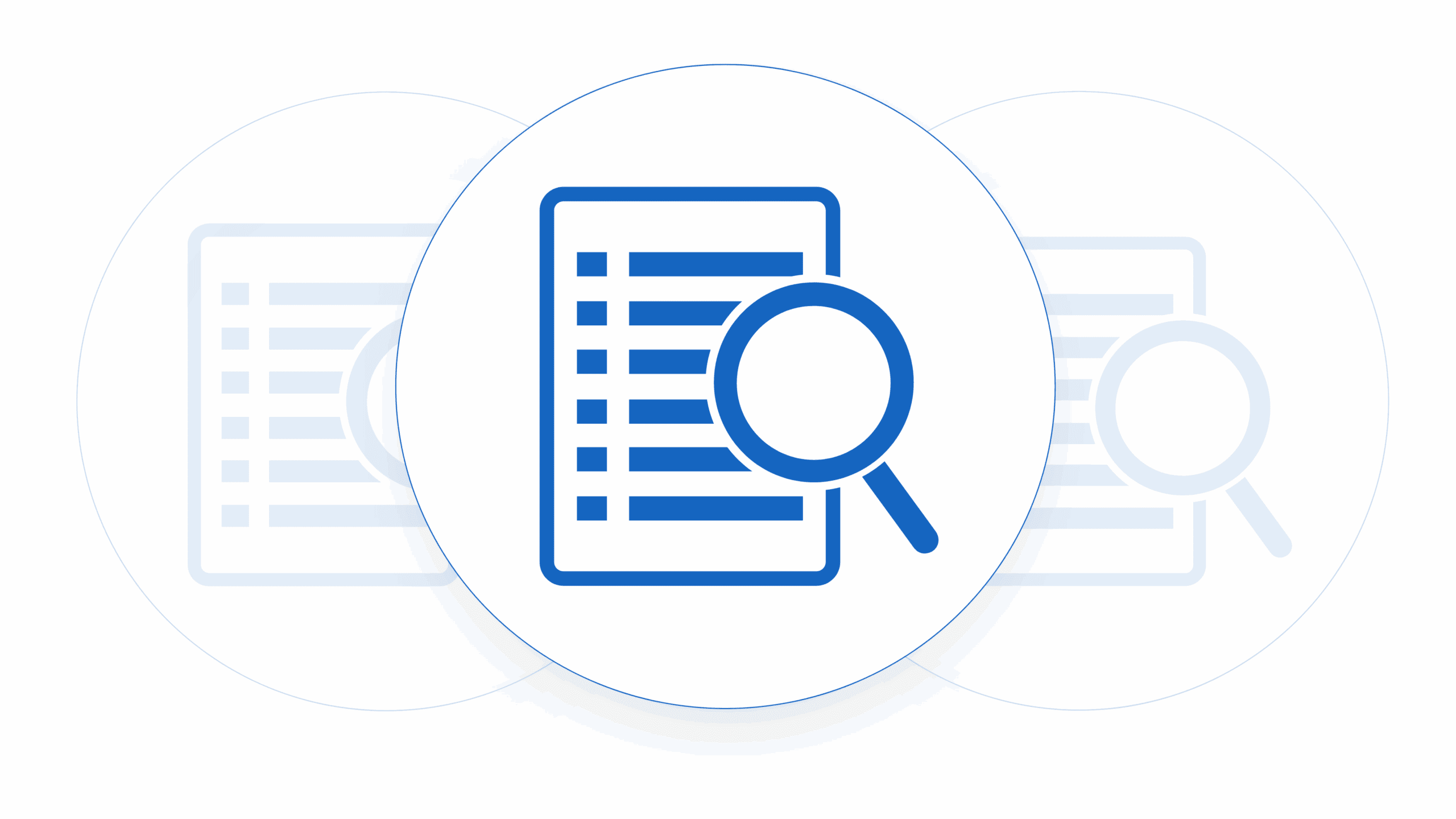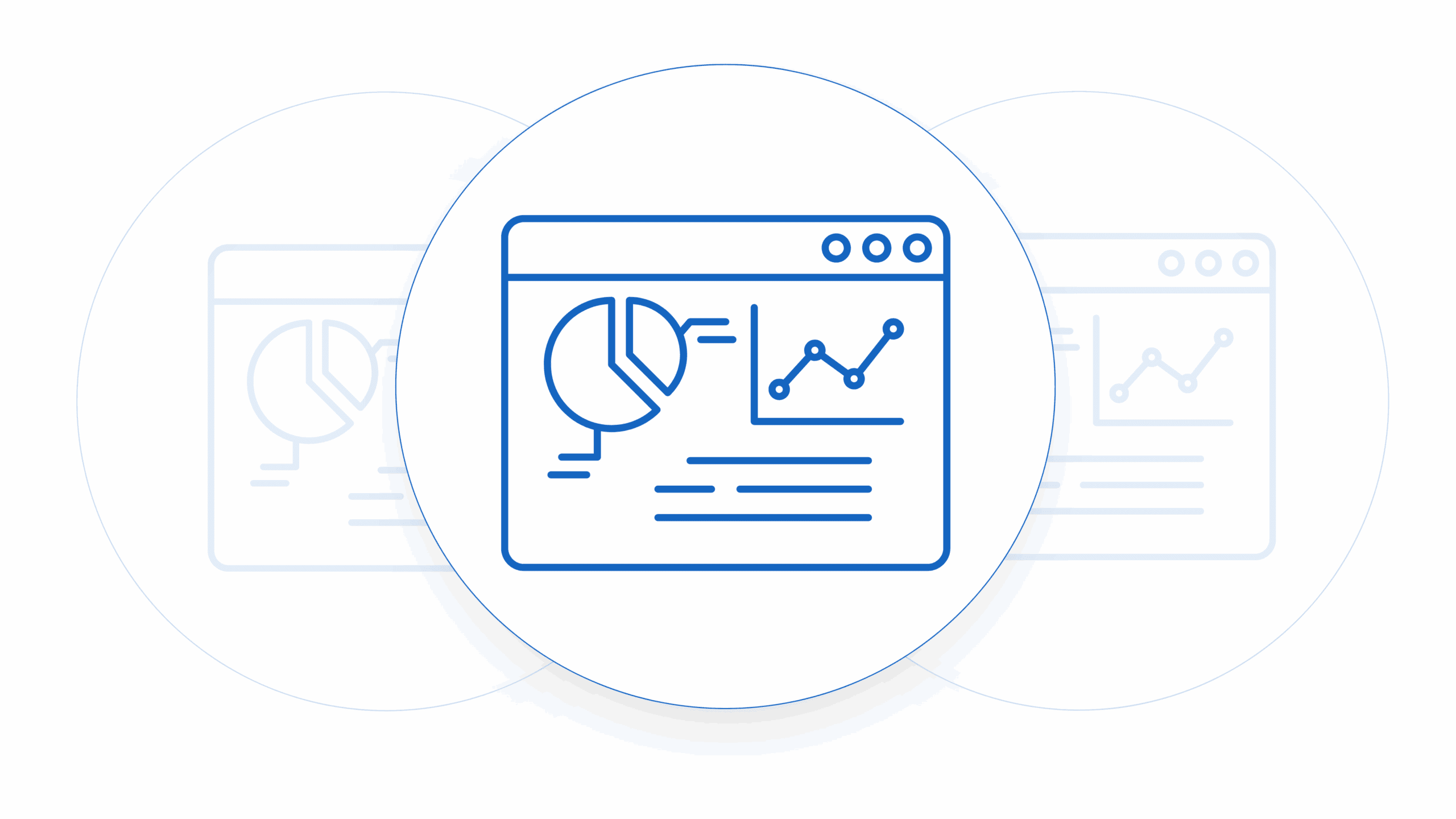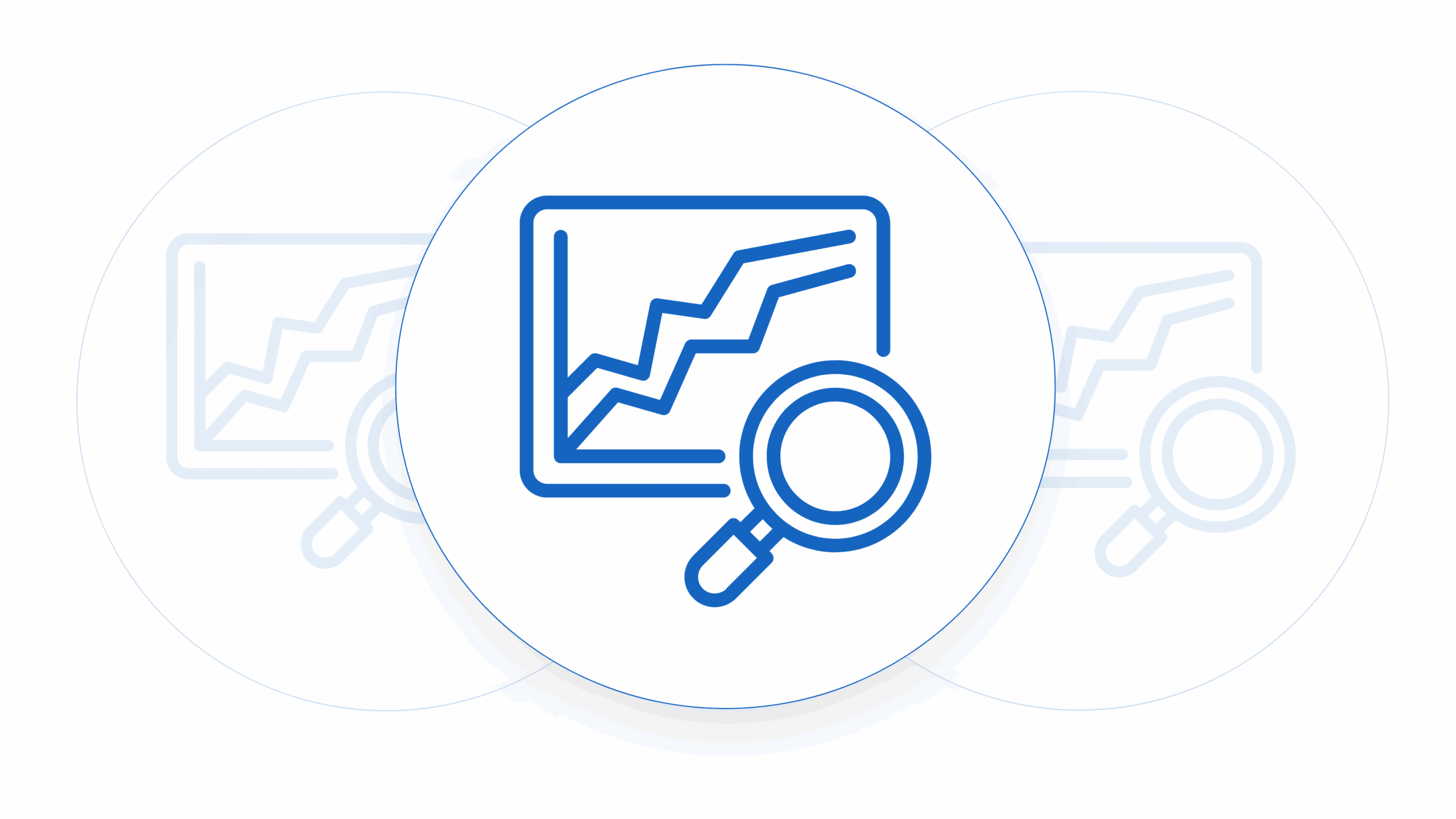So, what is a software-as-a-service contract? A Software as a Service (SaaS) sales contract is a legally binding agreement between a provider of SaaS and a customer who wishes to use the software. This type of contract outlines the terms and conditions under which the software will be provided, including usage rights, payment terms, service levels, and other important aspects. These contracts are specific to selling SaaS products and have some very nuanced differences between them and the way a non-recurring product or service sales contract.
Core Differences Between a SaaS Contract and a Non-SaaS Contract
A Software as a Service (SaaS) sales contract significantly differs from a regular sales contract due to the nature of the product and the relationship between the provider and the customer. While a regular sales contract typically involves the one-time sale of a tangible product or a software license, a SaaS sales contract involves ongoing access to software hosted by the provider, along with various associated services. These differences manifest in several key areas, including the nature of the transaction, payment structure, service levels, and data management.
Firstly, the nature of the transaction in a SaaS sales contract is fundamentally different from that of a regular sales contract. In a SaaS model, the customer subscribes to access software hosted on the provider’s servers rather than purchasing a copy of the software to install on their own hardware. This subscription model means the customer is paying for a service rather than a product, which involves continuous access, regular updates, and maintenance provided by the SaaS provider. Conversely, a regular sales contract involves a one-time transaction where the ownership or right to use a product is transferred from the seller to the buyer, often without ongoing obligations from the seller post-sale.
Payment structures in SaaS sales contracts are also different from those in regular sales contracts. SaaS contracts typically involve recurring payments, such as monthly or annual subscription fees, reflecting the ongoing nature of the service. These fees may include different pricing tiers based on the number of users, features accessed, or usage levels. In contrast, regular sales contracts usually involve a one-time payment for the purchased product, and any additional costs for support or upgrades are usually separate and optional.
Service levels and performance guarantees are another key distinction. SaaS sales contracts often include Service Level Agreements (SLAs) that specify the expected performance metrics of the software, such as uptime guarantees, response times for support issues, and the reliability of the service. These SLAs are critical because the software is hosted and managed by the provider, and the customer’s business operations may depend heavily on its availability and performance. Regular sales contracts typically do not include such detailed performance guarantees because once the product is sold, the ongoing performance is primarily under the buyer’s control.
Data management and security provisions are particularly important in SaaS sales contracts. Since SaaS providers host and manage the software, they handle a significant amount of customer data. Therefore, SaaS contracts include detailed terms on data privacy, security measures, compliance with regulations, data ownership, and data backup procedures. These provisions ensure that customer data is protected and that the provider is accountable for any breaches or data losses. Regular sales contracts, on the other hand, typically involve less emphasis on data management because the buyer manages their own data and is responsible for its security post-purchase.
The key differences between SaaS sales contracts and regular sales contracts arise from the ongoing, service-oriented nature of SaaS compared to the one-time transaction model of regular sales. These differences affect the structure of payments, the inclusion of service level commitments, and the emphasis on data security and management, making SaaS contracts more complex and comprehensive to address the continuous service relationship between the provider and the customer.

Contract Management Made for Startups
Set Tasks, Negotiate Faster
What is in a SaaS Sales Contract
Here are the key components typically included in a SaaS sales contract:
- Parties Involved:
- The contract identifies the SaaS provider and the customer, including their legal names and addresses. State or country specific contracts may be required.
- Service Description:
- A detailed description of the software service being provided, including features, functionalities, and any limitations or exclusions.
- Usage Rights:
- Terms defining how the customer can use the software, such as user access limits, permitted uses, and any restrictions.
- Subscription Fees and Payment Terms:
- The pricing structure, payment schedule, billing cycles, and any applicable taxes. It may also include details on late payment penalties or price adjustments.
- Service Levels and Performance Guarantees:
- Service Level Agreements (SLAs) that specify the expected performance and availability of the software, including uptime guarantees and response times for support issues.
- Support and Maintenance:
- Details on the support services provided, such as help desk availability, response times, and procedures for reporting and resolving issues. It also covers maintenance activities like updates and upgrades.
- Data Security and Privacy:
- Provisions regarding data protection, privacy policies, and compliance with relevant regulations (e.g., GDPR, CCPA). It also addresses data ownership, data transfer, and data backup procedures.
- Confidentiality:
- Clauses to protect the confidential information of both parties, specifying what constitutes confidential information and the obligations to protect it.
- Intellectual Property Rights:
- Terms regarding the ownership of the software, including any customizations or modifications made during the contract period. It clarifies that the provider retains ownership of the software while the customer has usage rights.
- Term and Termination:
- The duration of the contract, including start and end dates, renewal terms, and conditions under which either party can terminate the agreement. It also covers the effects of termination, such as data return or destruction.
- Liability and Indemnification:
- Provisions that limit the liability of the SaaS provider and outline indemnification obligations for both parties in case of third-party claims or breaches of the contract.
- Dispute Resolution:
- Methods for resolving disputes that may arise during the contract term, such as arbitration or mediation, and the applicable jurisdiction or governing law.
- Miscellaneous Provisions:
- Any other relevant terms, such as force majeure, amendments, assignment rights, and entire agreement clauses.
A well-drafted SaaS sales contract is crucial to ensure clear expectations and responsibilities for both the provider and the customer, minimizing the risk of disputes and ensuring a smooth service relationship.
Issues Caused By SaaS Contracts
Tech startups often face prolonged contract negotiations, leading to delays in revenue generation and hindering overall business growth. This is primarily caused by the issues caused by a number of clauses that SaaS contracts raise as difficult for negotiations. IP ownership is tough, you’re not actually transferring ownership of a product which means the definitions of IP need to be very nuanced. The recurring nature of the contradct mean that renewal clauses need to be clear also. Contract Sent addresses this challenge by streamlining the negotiation process, making it more efficient and less time-consuming.
Optimizing Legal Team Management
Effective legal team management is crucial, especially when confronting tight deadlines at the end of the month or quarter. Contract Sent provides a comprehensive dashboard for teams to oversee and manage legal negotiations seamlessly. This ensures the team is focused on the right priorities and working efficiently to meet critical deadlines.
Providing Senior Leadership Clarity
Senior leaders, including founders, heads of sales, or heads of finance, require a clear overview of contract negotiation progress. Contract Sent’s dashboard offers real-time insights into ongoing negotiations, empowering leaders to make informed decisions, allocate resources effectively, and keep the entire team aligned toward organizational goals.
Streamlining Contract Review and Approval
Post-negotiations, senior leaders often find themselves reviewing lengthy contract redlines to determine what can and cannot be approved. Consequently, Contract Sent simplifies this process with an intuitive dashboard highlighting key contract metrics and stages. The platform’s advanced contract comparison tool aids in swiftly reviewing changes, allowing leaders to make prompt decisions and move contracts towards approval without unnecessary delays.
Breaking Free from PDF Constraints
Traditional contract formats, often presented in lengthy PDFs, can become cumbersome and hinder accessibility. Consequently, Contract Sent liberates vital contract information from static documents by offering a dynamic platform. The software enables users to track contract versions, monitor essential clauses, and easily access and search for information, eliminating the hassle of disorganized folder systems.
Empowering Legal Teams with Task Management
To manage legal team workloads efficiently, Contract Sent incorporates a task management system. This feature enables teams to prioritize tasks, set deadlines, and collaborate seamlessly. By providing a structured framework for managing tasks, startups can ensure that their legal teams focus on the most critical aspects of contract negotiation, contributing to overall efficiency.
Affordable Pricing for Startups
Recognizing the resource constraints of startups, Contract Sent offers a flexible and scalable pricing model. With unlimited user access, startups can benefit from the platform without worrying about additional costs as they grow. This affordability factor makes Contract Sent a strategic choice for startups looking to enhance their contract management processes.
If you’re getting stuck asking the question what is a software as a service contract we highly recommend you seek out legal assistance. For all of the other issues caused by negotiating SaaS contracts we’ve built Contract Sent. It is more than just contract management software; it’s a comprehensive solution tailored to the specific needs of small to medium-sized tech startups. By addressing challenges during contract negotiations, Contract Sent empowers startups to streamline their sales cycle, optimize legal team efficiency, and provide senior leaders with the insights they need to make informed decisions. In a world where time is money, Contract Sent stands out as a valuable ally for startups navigating the complex landscape of software-as-a-service contract management.











